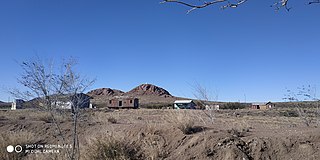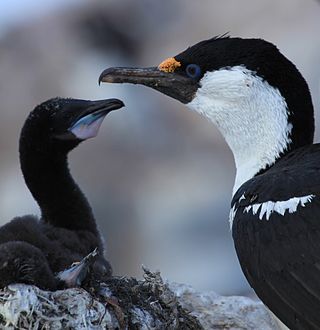
The Arctic Archipelago, also known as the Canadian Arctic Archipelago, is an archipelago lying to the north of the Canadian continental mainland, excluding Greenland and Iceland.
Wohlthat Mountains is a large group of associated mountain features consisting of the Humboldt Mountains, Petermann Ranges, and the Gruber Mountains, located immediately east of the Orvin Mountains in Fimbulheimen in the central Queen Maud Land. Discovered by the Third German Antarctic Expedition (1938–1939), led by Capt. Alfred Ritscher, and named for Councilor of state Helmuth C.H. Wohlthat, who as economist and fiscal officer dealt with the organization of the expedition.

Jason was a Norwegian whaling vessel laid down in 1881 by Rødsverven in Sandefjord, Norway, the same shipyard which later built Ernest Shackleton's ship Endurance. The ship, financed by Christen Christensen, an entrepreneur from Sandefjord, was noted for his participation in an 1892-1893 Antarctic expedition led by Carl Anton Larsen.

Poza de la Vega is a municipality located in the province of Palencia, Castile and León, Spain. According to the 2004 census (INE), the municipality has a population of 267 inhabitants.

Tubilla del Lago is a municipality located in the province of Burgos, Castile and León, Spain. According to the 2004 census (INE), the municipality had a population of 170 inhabitants.
Três Palmeiras is a municipality in the state of Rio Grande do Sul, Brazil. As of 2020, the estimated population was 4,251.
Jutulstraumen Glacier is a large glacier in Queen Maud Land, Antarctica, about 120 nautical miles (220 km) long, draining northward to the Fimbul Ice Shelf between the Kirwan Escarpment, Borg Massif and Ahlmann Ridge on the west and the Sverdrup Mountains on the east. It was mapped by Norwegian cartographers from surveys and air photos by the Norwegian–British–Swedish Antarctic Expedition (1949–52) and air photos by the Norwegian expedition (1958–59) and named Jutulstraumen. More specifically jutulen are troll-like figures from Norwegian folk tales. The ice stream reaches speeds of around 4 metres per day near the coast where it is heavily crevassed.

Ibirajuba is a city located in the state of Pernambuco, Brazil. Located at 182 km away from Recife, capital of the state of Pernambuco. Has an estimated population of 7,768 inhabitants.
Nova Ibiá is a municipality in the state of Bahia in the North-East region of Brazil.
Angelina, Santa Catarina is a municipality in the state of Santa Catarina in the South region of Brazil.
Ciervo Petiso is a village and municipality in Chaco Province in northern Argentina.

Sierra Colorada is a village and municipality in Río Negro Province in Argentina.
Singarnaq-Annertussoq Island is an island of Greenland. It is located in Baffin Bay in the Upernavik Archipelago.
Deville Glacier is a glacier flowing along the south side of the Laussedat Heights into Andvord Bay, on the west coast of Graham Land. The glacier is shown on an Argentine government chart of 1952. It was named by the UK Antarctic Place-Names Committee in 1960 for Edouard G. Deville, Surveyor-General of Canada, 1885–1924, who introduced and developed photogrammetric methods of survey in Canada from 1888 onward.

The Pearl Rocks are a group of rocks covering an area 6 km (3.7 mi) by 4 km (2.5 mi) close to the west coast of Tower Island in the Palmer Archipelago of Antarctica. The name was given by Falkland Islands and Dependencies Aerial Survey Expedition (FIDASE) (1955–57) and is descriptive of the numerous snow-covered rocks in the group.
Holcomb Glacier is a glacier which drains northward to the coast of Marie Byrd Land, Antarctica, 9 nautical miles (17 km) southeast of Groves Island. It was mapped by the United States Geological Survey from surveys and U.S. Navy aerial photographs, 1959–65, and was named by the Advisory Committee on Antarctic Names for Leroy G. Holcomb, an ionospheric physicist who worked at Byrd Station in 1971.






